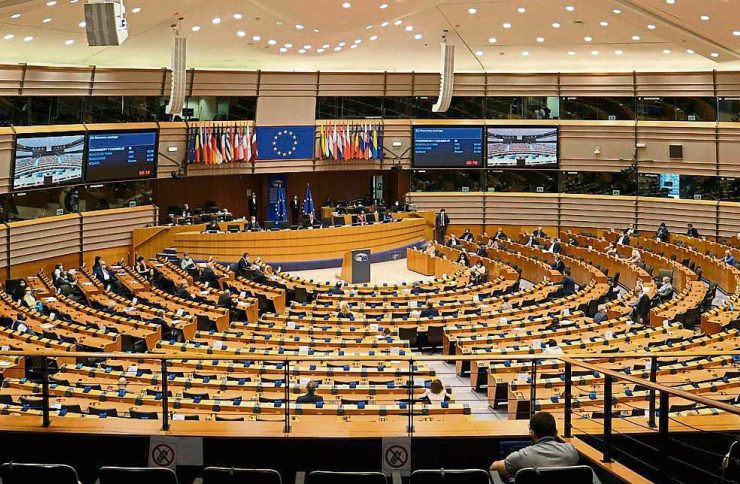Five things you should know about Park Güell
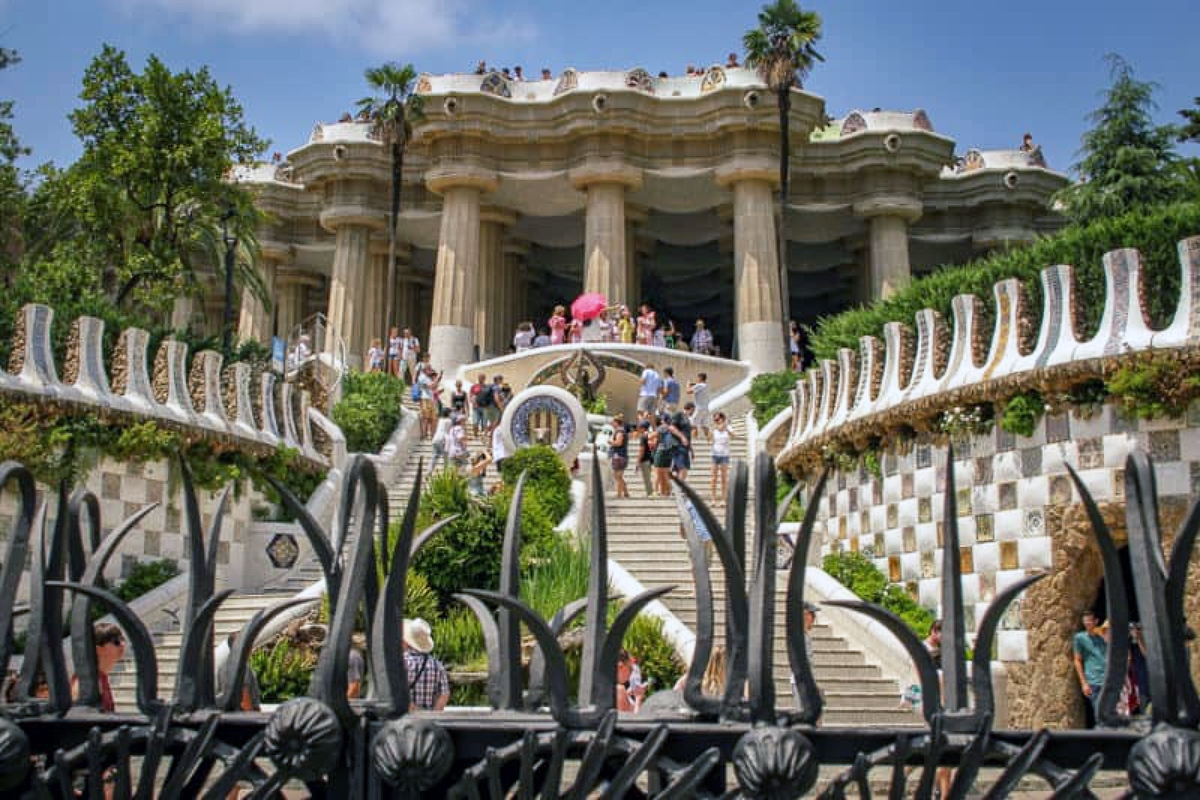
Barcelona has always been a cradle for painters, musicians, and architects, but if there is one artistic movement that has left a lasting impression on the city, it is the Catalan form of Art Nouveau known as modernisme. This is thanks largely to the work of the architect Antoni Gaudí.
An image of a long line of undulating mosaic-covered benches with extraordinary views over the city comes to mind when one thinks of Barcelona, and we should all see the sunset from there at least once in our lives. The bench is in Park Güell, one of Antoni Gaudí’s remarkable creations. The park is a symbol of Barcelona and is now managed by BSM (Barcelona de Serveis Municipals).
You may not be aware that this year the park is celebrating its 95th anniversary; below we present five other things you should know about Park Güell.
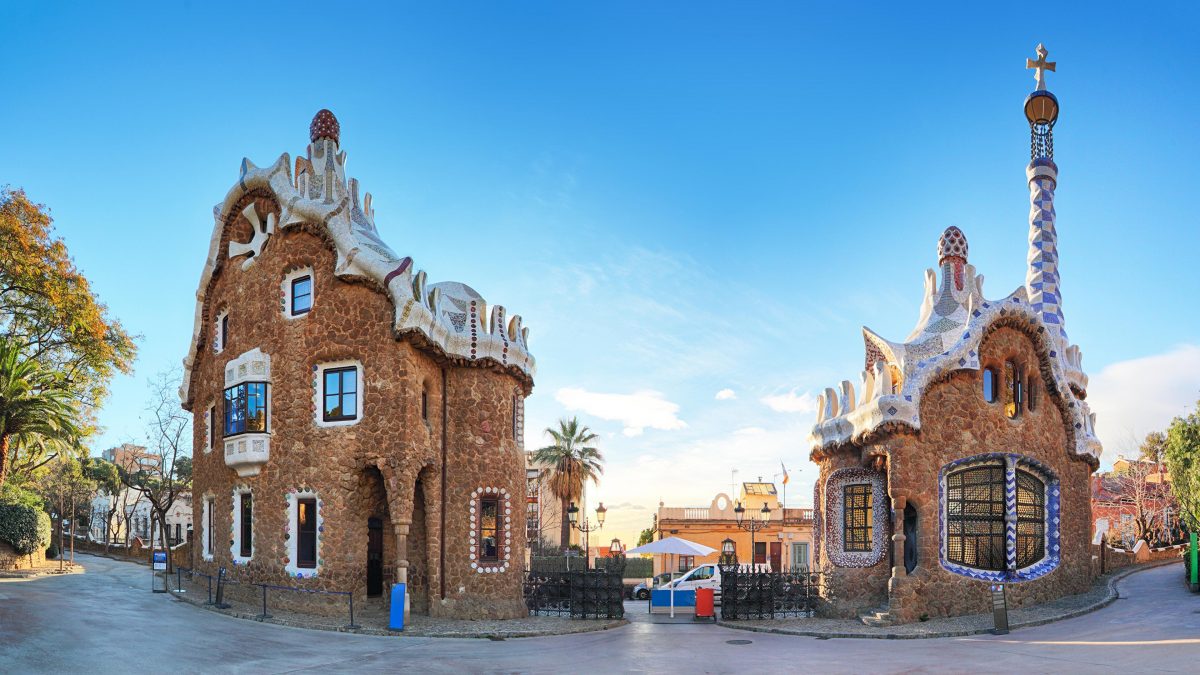
1. The origins of the park
Located on Mount Carmel and overlooking the neighborhood of Gràcia, the park was originally conceived as a private residential area. Fortunately for us, it opened 95 years ago as a municipal park and today it is one of Barcelona's most popular attractions.
In 1900, the industrialist Eusebi Güell commissioned Gaudí to build a housing development for wealthy families on the British garden city model.
Barcelona was expanding rapidly following the Universal Exposition of 1888; the city walls had been demolished; and the Cerdà city expansion plan was well under way, turning Barcelona into the modern and dynamic city we know today. However, Güell's project was not well-understood by Barcelona society and was finally cancelled when only two of the sixty plots available were sold. These were Casa Gaudí, where the architect lived for 54 years, and Casa Trias.
Over the years, enthusiasm for Park Güell grew and the city became aware of what it represented. After Eusebi Güell's death in 1922, his heirs sold the park to the Barcelona City Council and it opened its gates to the public in 1926..
2. Inspired by nature
Antoni Gaudí’s fascination for nature was reflected in his works and in Park Güell, the entire park is inspired by the natural environment and adapted to suit it. Gaudí's designed bridges and aqueducts to bring out the best of the natural forms of the mountain.
When you walk through the park, take a close look at the columns, benches, and houses... you will be hard put to find any straight lines, which, according to the architect, did not exist in nature.
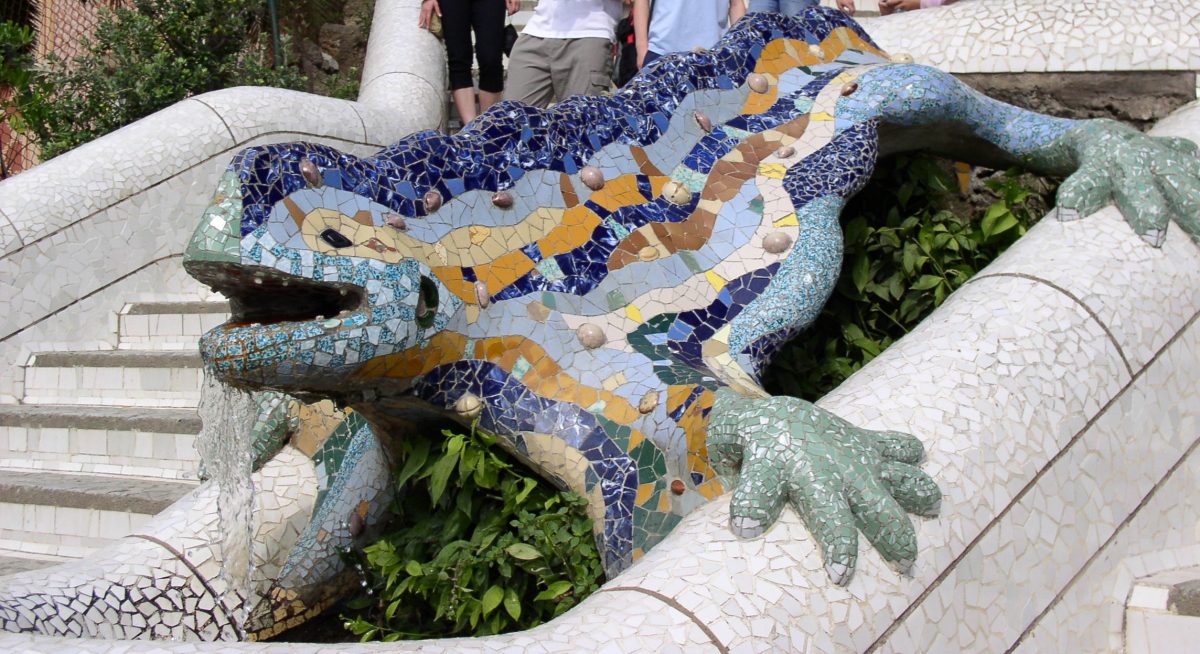
3. “Trencadis”
The trencadís is a technique for cladding structures with mosaics composed of irregular sized pieces of ceramic. The technique is used throughout the park, both on the famous benches mentioned above and on the columns and houses.
It is one of the hallmarks of Gaudí's work gaudidiana, as it allowed him to use ceramics on his iconic curvilinear forms. The architect not only represented nature in his work, but also respected it by recycling materials discarded from local factories. El arquitecto no solo representaba la naturaleza en su obra, sino que la respetaba reciclando materiales desechados de fábricas de la zona.
4. Relationship with Vienna
One of the most magical spaces in the park is the Austria Gardens area. When the building project was cancelled, this space became a municipal nursery.
As part of the "Viena in Barcelona"exhibition in 1977, Austria donated numerous trees to the city, endowing this space with extraordinary vegetation and bringing color and fauna to the park.
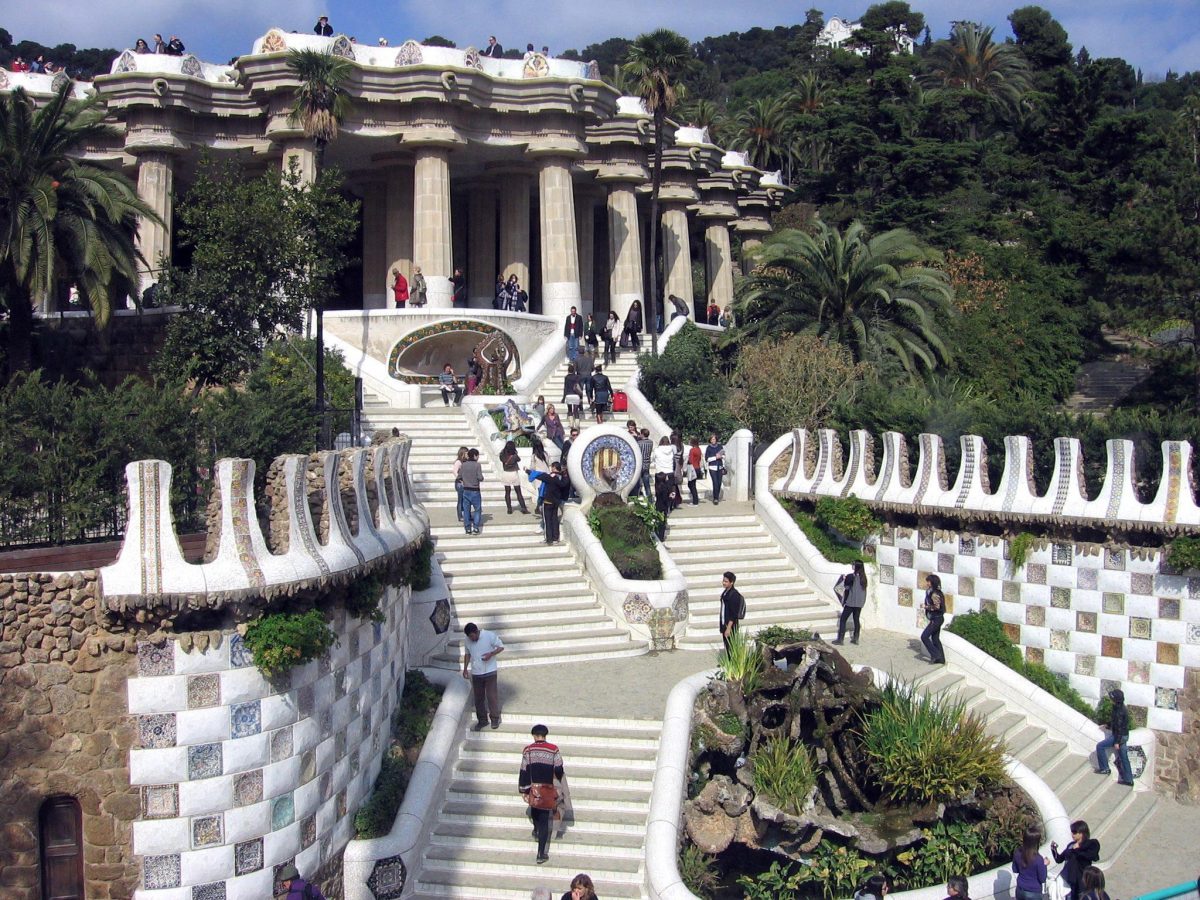
4. The Hall of Leaning Columns
Finally, no tour is complete without a visit to the Hypostyle Hall, also known as the Hall of Leaning Columns.
The hall, initially designed to house a market for the housing development, serves as a support for the upper esplanade. If you take a close look at the columns at the entrance, you will see they are not straight. When Gaudí was asked why he used leaning columns, he answered, “For the same reason that the tired walker rests on an inclined cane; if it were vertical it would not support him.”
The architect designed the columns to collect rain to supply water to the entire community. When the reservoir was full, the surplus was evacuated through the mouth of the famous ceramic dragon.
Have you been to Park Güell?
If you have not yet visited the park or you would like to see it again in a new light, please read the information below.
There are two entrances, the Carretera del Carmel for those who come by tourist bus, and the Passatge de Sant Josep de la Muntanya, if you prefer to come by metro. The park is located twenty minutes from Lesseps and Vallcarca metro stations on line L3 and there are escalators up the hill to the park.
To avoid queues, we would recommend buying tickets from the park's website .
If you would like to receive updates on our blog articles, subscribe to our Newsletter








